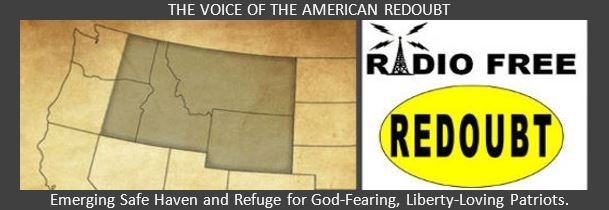 by John Robb onAugust 28, 2012
by John Robb onAugust 28, 2012
Today’s Resilient Community letter is from Marcus Wynne. He’s been on the road, looking at fiercely independent, rural communities across the US, to divine what makes them tick.
In this dispatch, he digs into how an informal local economy gets started.
It’s important to understand how these economies work. Why?
There’s been an explosion in the use of community time banks, local currencies, and barter networks all across the US and EU. In some cases, like depression ravaged Spain and Greece, informal local economies are starting to displace the global financial economy.
So, this dispatch is well worth the read. Hope you find it as useful as I did.
Sincerely,
JOHN ROBB
The Resilient Nomad in Vermont
“What’s a resilient community?” “P” (to protect her privacy) asked me. “Sounds to me just like people helping each other out.”
“That’s pretty much what makes a community resilient, ” I said.
“Well, hell!” P said, slapping me on the shoulder. “Then we’ve got a resilient community! Let me show you around…”
Think of a wagon wheel. The wagon wheel = a resilient community. The hub of the wheel is K&P’s homestead, which covers over 60 acres of Vermont hollow. Fresh water springs, forest, hills, abandoned orchard and a nice terraced piece topped by their house. They raise goats, chickens, turkeys, cultivate their forest for firewood, restore the abandoned orchard, forage for herbs and wild greens, grow a nice organic garden, use solar to supplement their minimal grid power use, and raise what minimal cash they actually need for things they have to pay for, like insurance, gasoline, medication, etc. through K’s artisan business and P’s part-time job as a grocery store clerk.
Pretty great, huh? Sure is. But as K&P learned early and well, no one gets through hard times alone. Vermont, like everywhere else in the US, is suffering as the economy melts. That means people on government benefits, or working minimum wage jobs in the service sector, or conducting business that doesn’t require them to tie it to their locale, or cobbling together many different revenue streams to make it work.
Back to the wagon wheel. You got spokes coming out from (or into) the hub, right? Each one of those spokes is someone who offers help or a necessary service into the hub, or needs help or a necessary service that comes out of the hub. How do they find their way to the hub? Through a Connector. Enter “P” — bubbly, energetic, smart as hell and an all around “people person.” A woman committed to Service, to helping other people. She looked around one day at the grocery store she worked in, and saw all the bruised produce, dented cans, past date food of various kind…all of it being tossed. Can’t donate it — legally — but it’s still good to eat. P packed it up, took it home, sorted it out and contacted people she knew who were either unwilling to take government benefits or unable to qualify. She made sure they ate, and she did it with no strings attached.
Some of that network wanted to show their gratitude in a material way. “P, what you need? Need some work done? Need some lumber?”
And P said, “Well, no, but I could use some fencing. You got some?”
“No, but I know somebody who does and I’ll get it for you.”
That’s how it started. And then it continued to grow in the unwieldy chaotic fashion that such social networks tend to. Someone else has some gas in a car he can’t drive and trades that for some fresh eggs and turkey meat. Another resident down the road has a ton of gravel sitting around and spreads it along the shared road to maintain the roadbed. Everyone else chips in and buys him gas for his truck, feeds him, or gives him a reiki treatment.
And that’s how the spokes connect to the hub that makes up this resilient community, just merrily rolling along.
What Makes this Community Resilient?



I think the ‘take away’ message from this is that this resilient community works because it’s real people cooperating to solve real problems, rather than some ideal community on paper that is looking for a reason to hold together.
Something I think that bears point out, is that when I hear people talking about bugging out to their gulch or homestead, there is the assumption that once they get there, they will slam the door shut behind them and hunker down. I think that’s a mistake. It would be better to get involved in your new community, and become a part of it, rather than always being thought of as that outsider from .
Bear
there is the assumption that once they get there, they will slam the door shut behind them and hunker down. I think that’s a mistake.
EXACTLY!!! This mentality has GOT to stop, or we WILL NOT survive what’s coming. Great comment, Bear.